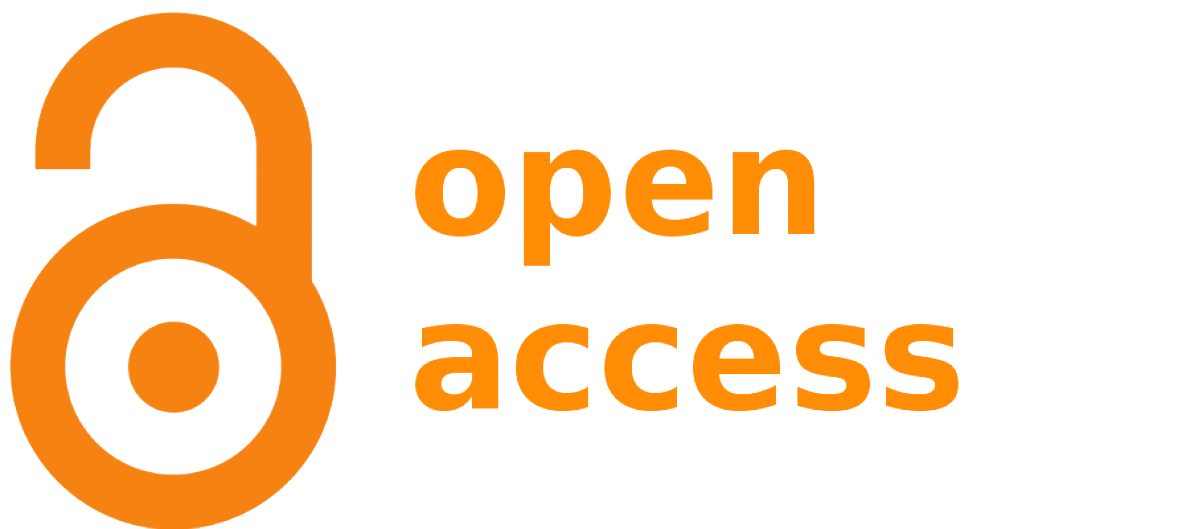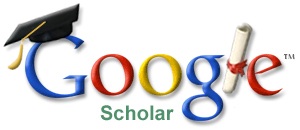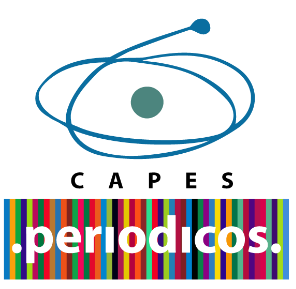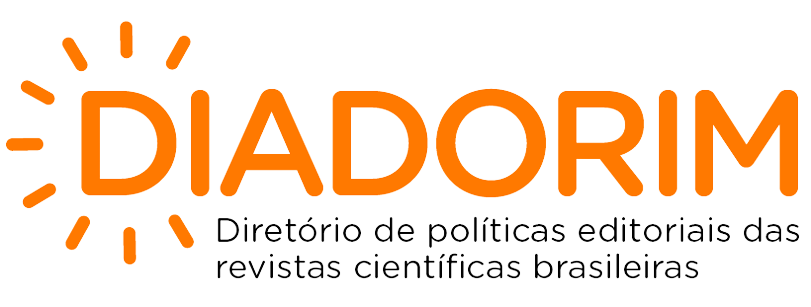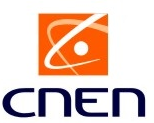Barriers and facilitators to effective communication between nursing professionals and patients: scoping review
Barriers and facilitators to effective communication between nursing professionals and patients
DOI:
https://doi.org/10.5433/anh.2024v6.id47858Keywords:
Nursing, Communication, Patient Care, Nurse-Patient Relations, Communication BarriersAbstract
Objective Mapping the barriers and facilitators to effective communication between nursing professionals and patients in the caregiving process. Methods: This is a scoping review conducted in October to November 2021, utilizing 15 sources of information. Results: The result was 80 studies, and the analysis allowed the identification of communicative barriers between the nursing team and patients, such as linguistic and cultural barriers (26.3%); patients who do not verbalize and/or are severely injured (23.7%); lack of communication skills among professionals (12.5%), and others. Additionally, the highlighted impacts included frustration, anxiety, and fear (41.2%), as well as suboptimal care (29.4%). Key facilitators for effective communication were also evident, such as investments in professional training (27.3%) and the use of non-verbal and written communication (23.6%). Conclusions: The most frequent barrier identified was linguistic and cultural differences. Therefore, it is essential to promote tools that mitigate such shortcomings. The results presented in this study can contribute to improving care processes with a focus on effective communication between nursing professionals and patients through the implementation of the interventions outlined.
Downloads
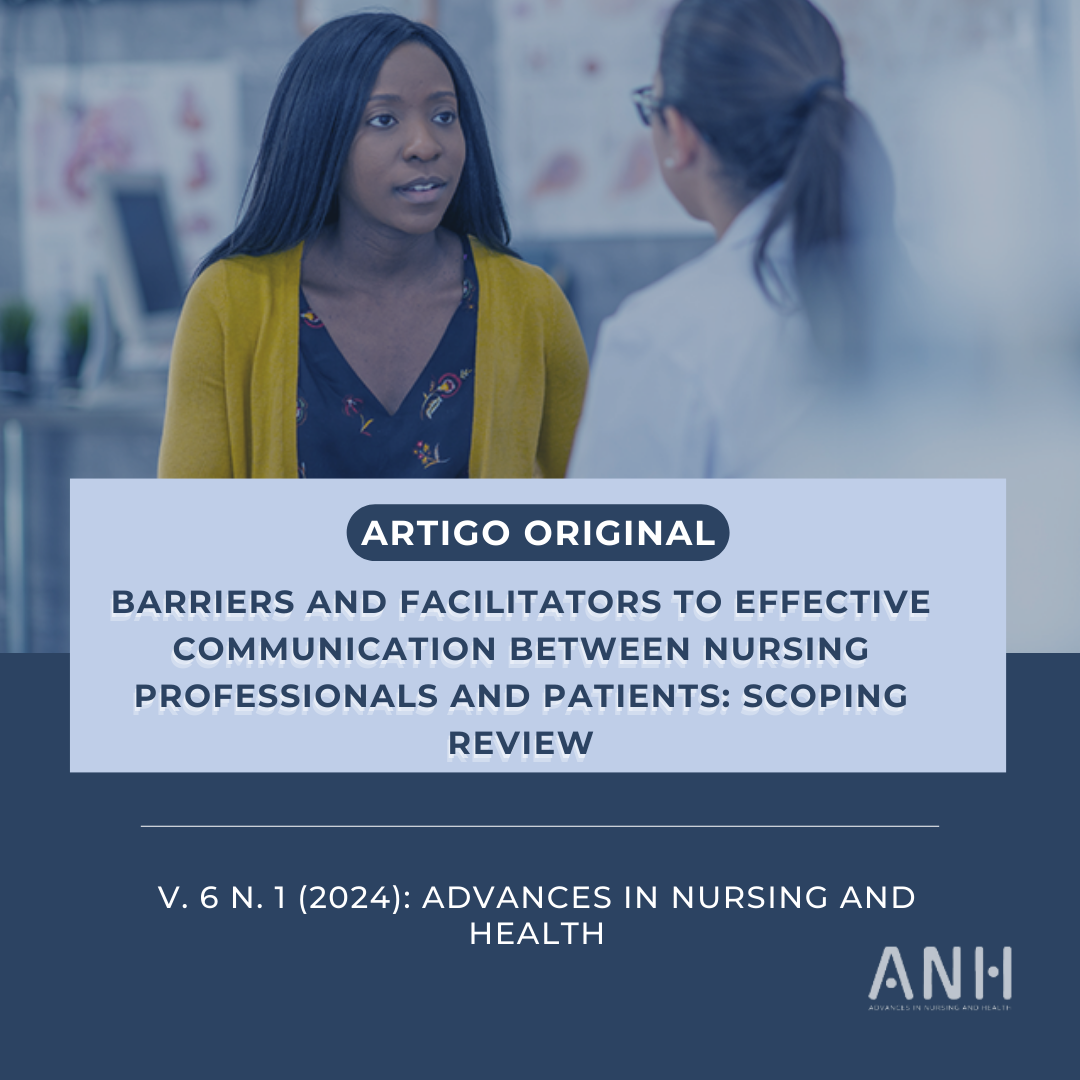
Additional Files
Published
How to Cite
Issue
Section
License
Copyright (c) 2024 Mariana Ramalho de Castro Macedo, Viviane Euzébia Pereira Santos, Jessica Cristina Alves de Melo, Maria Eduarda Araújo da Silva Lima, Miclécia de Melo Bispo, Cecília Olívia Paraguai de Oliveira Saraiva

This work is licensed under a Creative Commons Attribution 4.0 International License.
All or the content of the newspaper is licensed under a Creative Commons Attribution License, of the CC-BY attribution type.
This license allows third parties to remix, adapt and create from the published work, attributing or due credit for authorship and initial publication in this journal.





